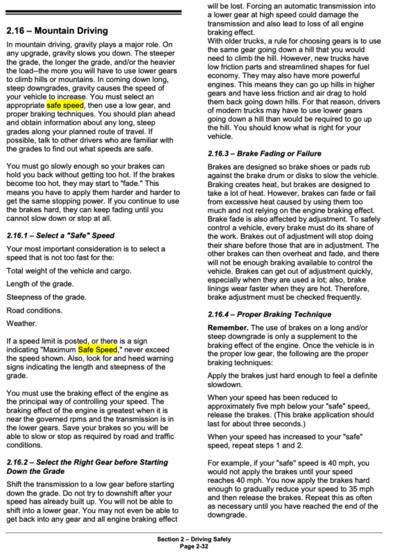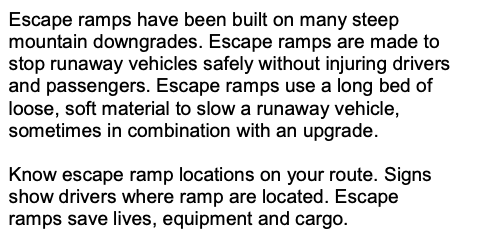elibrown
New member
Hello everyone. I have a quick question about hill ascending and descending.
I have pulled trailers of all shapes and sizes in my day, including our 32' travel trailer for the last 10 years. We purchased our first-Class A, a 2022 Thor Miramar 35.2 with the 7.3 late last year. We have been out on a few short trips but are planning to go to St. Augustine Florida area late May. Our trip will take us on I24 northwest of Chattanooga. I have been thru this are several times and know that there is a decent short grade near Monteagle Tennessee. For those of you who have been thru here, any tips or suggestions on how to traverse properly? Will my coach handle this incline/decline without any problems?
I have pulled trailers of all shapes and sizes in my day, including our 32' travel trailer for the last 10 years. We purchased our first-Class A, a 2022 Thor Miramar 35.2 with the 7.3 late last year. We have been out on a few short trips but are planning to go to St. Augustine Florida area late May. Our trip will take us on I24 northwest of Chattanooga. I have been thru this are several times and know that there is a decent short grade near Monteagle Tennessee. For those of you who have been thru here, any tips or suggestions on how to traverse properly? Will my coach handle this incline/decline without any problems?




